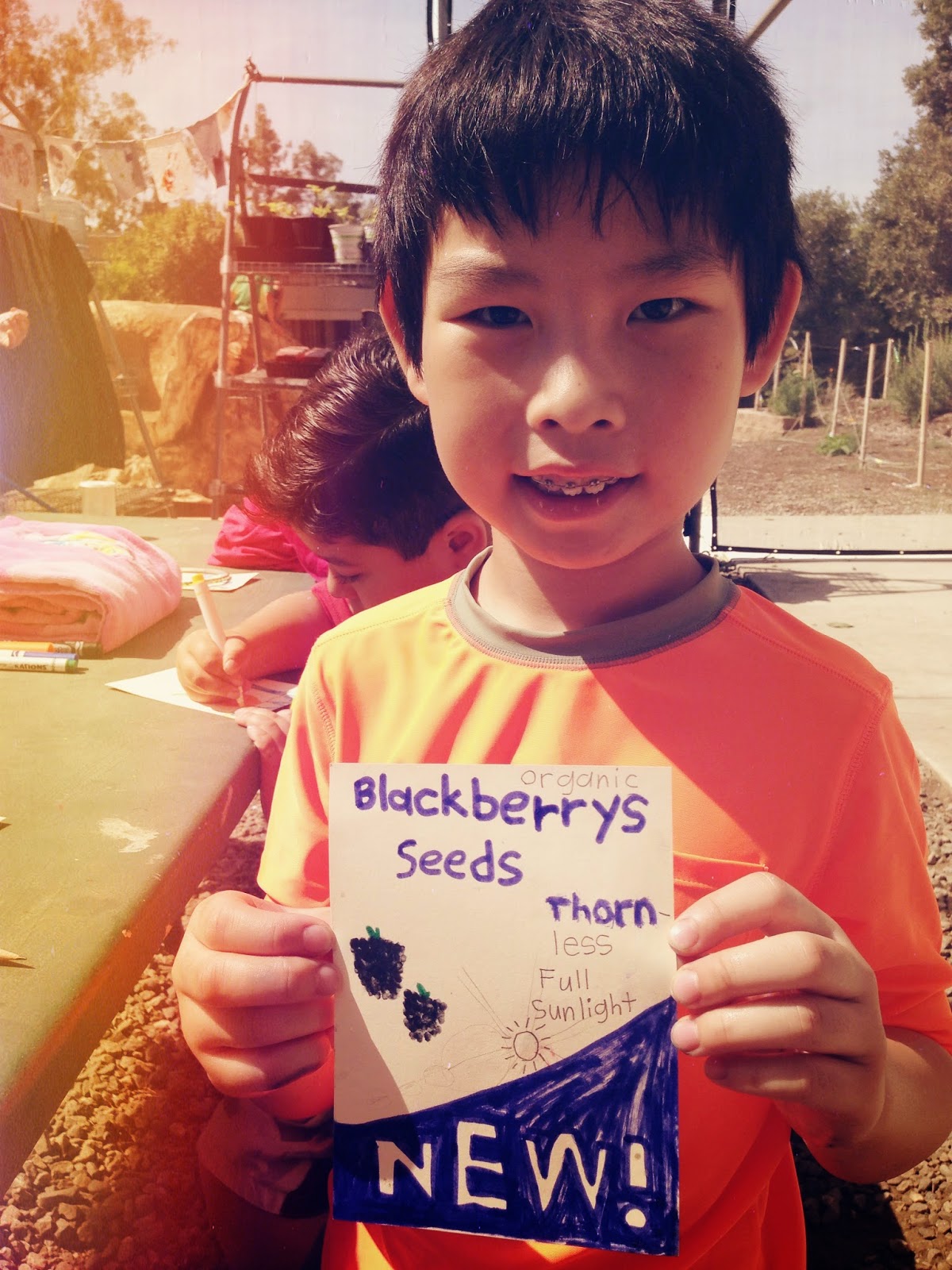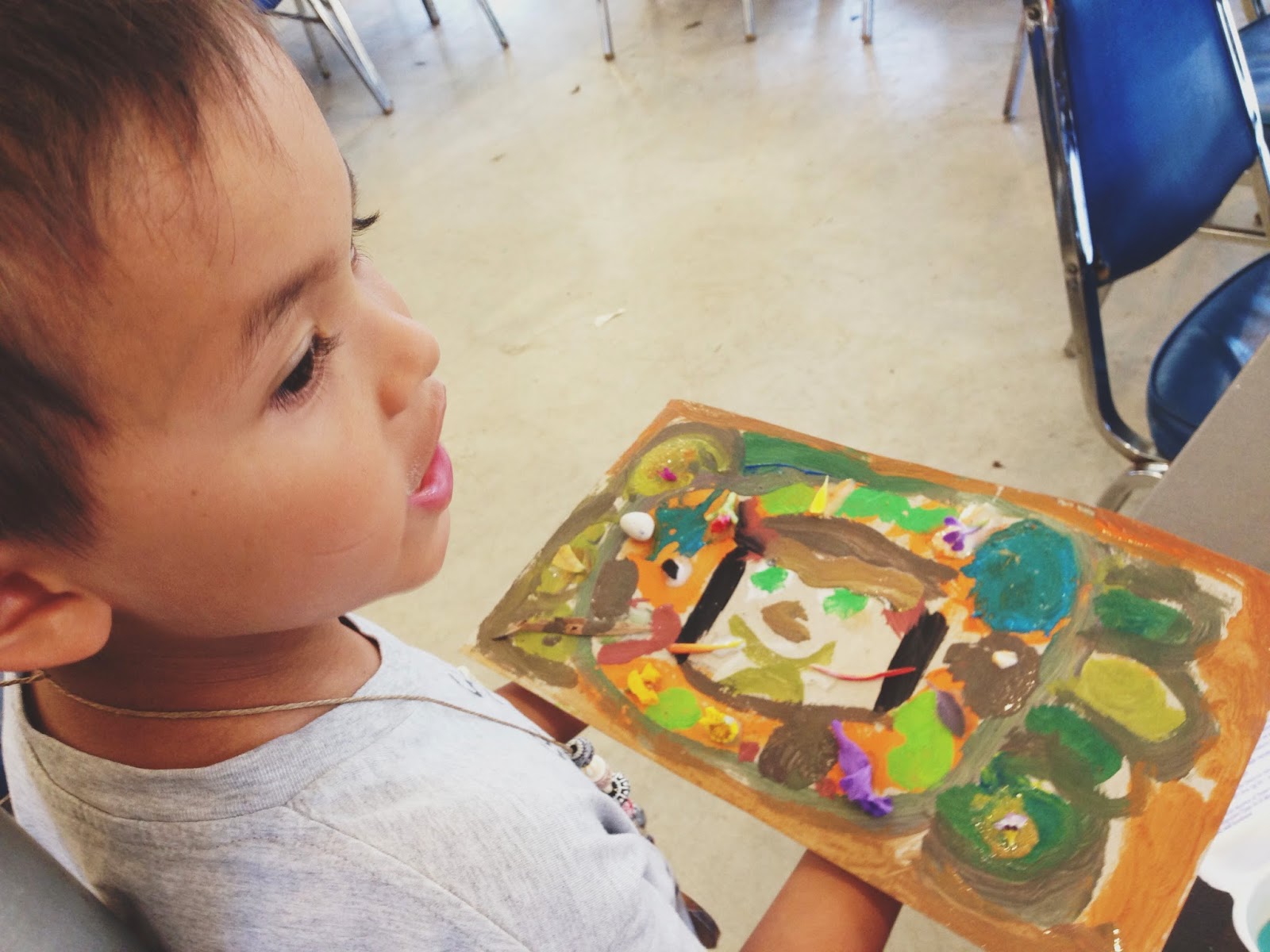Oil and water don't mix!
Using oil pastels and liquid watercolors, campers explored the "resist" painting technique, depicting trees and plants above and below ground.
Raindrops fall on a garden of carrots.
Showing off some works in progress. A painting lesson on post-impressionism, Vincent van Gogh and his wonderful sunflower and iris still lifes.

CACTI SCULPTURES
As an avid collector of cacti, this is absolutely my new favorite art project! After studying these hearty plant species and their structures at the Arboretum's cactus garden, campers sat in the shade creating their very own cacti, using oil pastels on chipboard, toothpicks for the needles and tongue depressors and popsicle sticks for stands!!!!
Did you know that it takes between 50 and 75 years for a Saguaro cactus' arms to appear!? In areas of lower precipitation it may take up to 100 years!
Barrel Cacti.
Such a beautiful day so we must create our mosaics outside!
What happens when we mix dish soap, tempera paints and a bit of water? BUBBLE PAINTINGS!!!
So glad we decided to do this one outside. We would have been cleaning the classroom for days.
Post-bubble painting play with our awesome counselors!

On Friday morning before water play, I told the campers we were going to be graphic designers, starting our own seed companies and creating our very own seed packet designs.
I love when the kids use their imagination and take my projects even further. Love the catchy text, barcode and paper seeds... I see advertising in this ones future!
Note the USDA organic stamp.
In case you haven't met him yet, this is Lucky, our bearded dragon friend and one of our class pets. Lucky and I both joined the Arboretum team back in 2011 and he has quadrupled in size since then! The kids love watching him hunt for crickets in his luxurious terrarium and holding him when he's feeling social.













.JPG)





















































